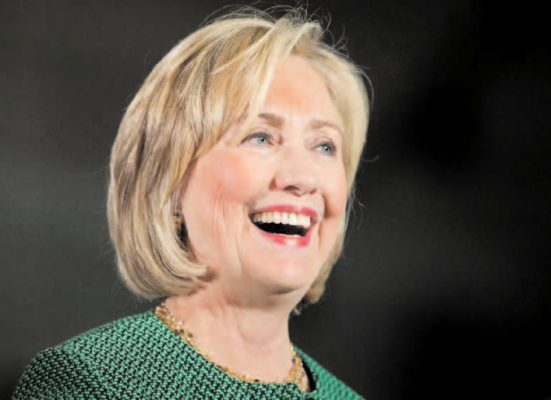OnApril 12, Hillary Clinton moved one step closer to becoming the first-ever woman President of the United States. The 2016 election will be her second presidential run. To succeed this time she will have to eschew the theme of
“inevitability” that had crept into her bruising primaries battle against Barack Obama in 2008, and that ultimately sank her campaign. The former First Lady was off to a quick start in her campaign video and came out swinging for the fences as a would-be “champion of everyday Americans”. The implied focus on the welfare of the middle class is a throwback to liberal Democratic values and poses a challenge to Republican Party free-marketeers. It may also reflect her intention to separate her record from that of the inc umbent Mr. Obama; this was mostly evident in her comment that “the cards are still stacked” against the common person. Ms. Clinton is indeed a different beast to the President, although pundits predict she will borrow elements of campaign design from her former boss, and indeed the social media strategies employed so ably by Team Modi in 2013-14. Buttressing her nuts-and-bolts approach to campaign management, she can be expected to project her deep understanding of the paralysed politics of Washington, and be unapologetic about her political pedigree.
But will all this be enough? And if it is, will she reshape the American story to fit better into a turbulent world?The Republican Party is not throwing up any inspiring leaders. Among the hopefuls, Jeb Bush has the clout of his last name but not much else. Ted Cruz is considered to be a fringe candidate, even among Republican heavyweights. Marco Rubio has passable charisma and an important connection to the Latino community, but he would flounder if he went toe-to-toe against a much more experienced Ms. Clinton. Though her entry into the Oval Office is far from being a certainty as of now, the greater challenge for her may be knowing what to do once she gets there. She was, after all, leading the Obama action that fumbled through the Arab Spring. Would she do it differently a second time? The rise of Islamic State will certainly dominate the attention of the next POTUS. She also promised, in a 2010 speech, that the administration would think “smart power” and focus on multilateralism, regional architectures and broad-strategic engagements with countries such as India, Russia and China. Clearly that dream didn’t materialise. On domestic policy , however, the Obama years offer hope. Just as he tackled the inequities of the health-care system head-on, Ms. Clinton could do much to close the gender pay gap, tackle America’s rape crisis, and upgrade its education system to help the millennials thrive in the workforce. That, and much more. Her time is now.
